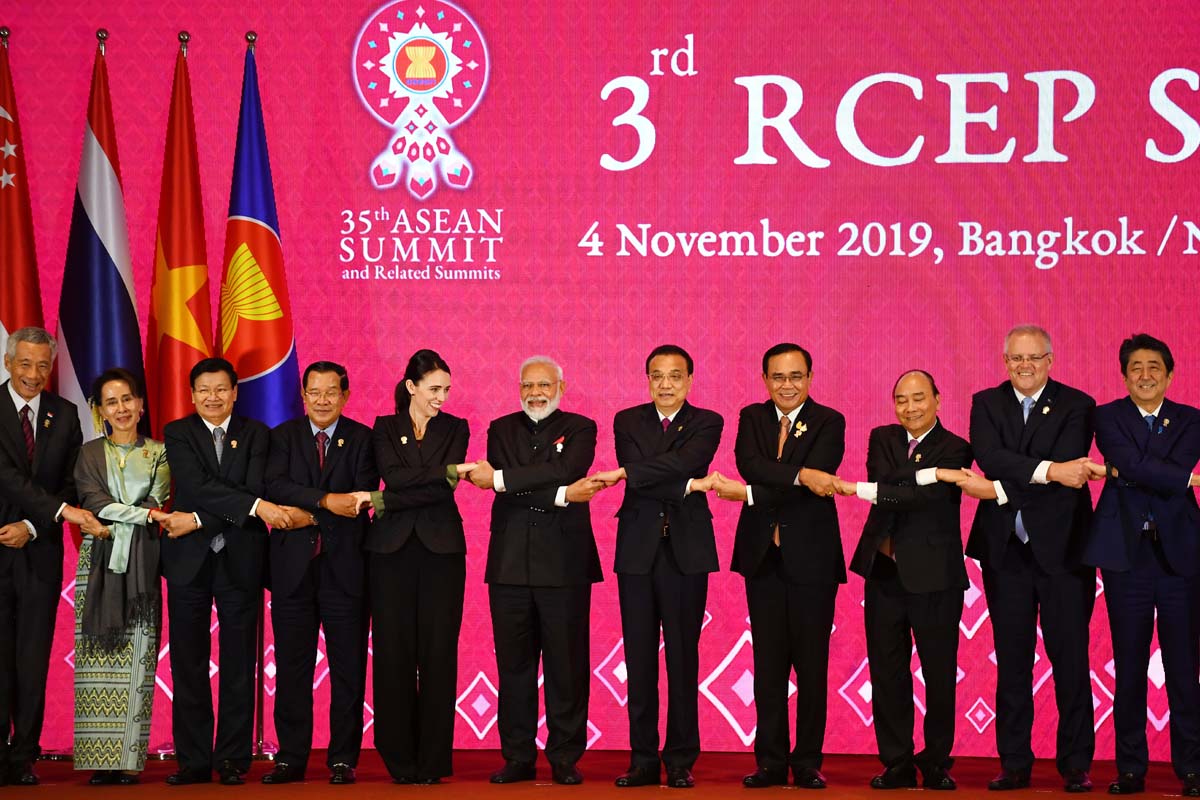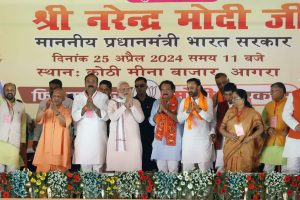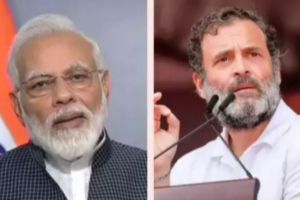Trade isolation is never a pleasing thought, yet it is pleasing that India ignored the hawks within the government’s pet think tanks and chose not to sign up for the China-backed Regional Comprehensive Economic Partnership (RCEP) deal. There is little doubt that signing would have amounted to “FTAs by stealth” with countries with whom India has forbidding trade imbalances. Much is being made about being a part of the world’s largest value chain, which the 10 Asean members ~ Brunei, Cambodia, Indonesia, Laos, Malaysia, Myanmar, the Philippines, Singapore, Thailand, and Vietnam ~ and their six trade partners, Australia, China, India, Japan, South Korea and New Zealand are seeking to create through the free trade pact.
Yet two major realisations need to inform Indian thinking before binding global agreements are entered into and it is just as well that the Indian opposition, including the RSS affiliate Swadeshi Jagran Manch, persuaded the government to put wisdom, apart from oft-neglected democratic concerns, over braggadocio and refrain from joining the 16-country chorus in Bangkok but wait for more appropriate times. Truth to tell, while it is all very well to talk of India ensuring complementarity and long-term sustainability while signing, New Delhi has been bereft of expertise for negotiating complex agreements and has sold itself short in the past.
Past FTA utilization rate is no more than 25 per cent, merchandize trade deficit with Asean countries has risen to $14.6 billion, import duties foregone are an overwhelming $10.3 billion and deficits traumatize not only trade with Mercusor but with African countries as well. Given that India’s trade and agriculture communities, already reeling under financial stress, would literally go under, courtesy some of the treacherous RCEP clauses, the Modi government could hardly afford to alienate its domestic constituencies. The RCEP promises to embrace half the global population, a quarter of the global gross domestic product (around $50 trillion) apart from trillions of dollars in trade but what concerns India more is how it leaves its position vis-a-vis China, for instance, with which New Delhi runs a $53 billion deficit and which continues to threaten most small manufacturers and producers, including farmers, with its low-priced exports.
Despite his bonhomie with Beijing, Mr Narendra Modi said as much after refusing to put ink to paper, expressing dissatisfaction over the lack of openings that Indian services and producers would find after the deal, while conceding that India believes in “a mutually beneficial RCEP”. However, if the message for the world is that India’s lucrative 1.2 billion strong market deserves special attention, there is an equal message for India; that there can be no beneficial integration without competitive strength, which is a function of both manufacturers and improved governance around all factors of production: land, labour, capital and organization.











